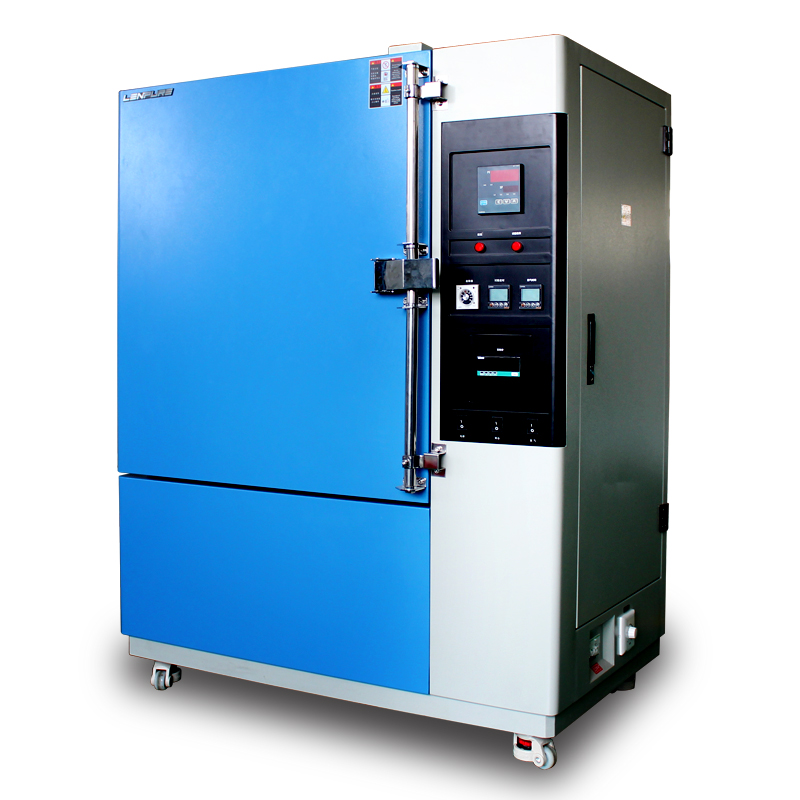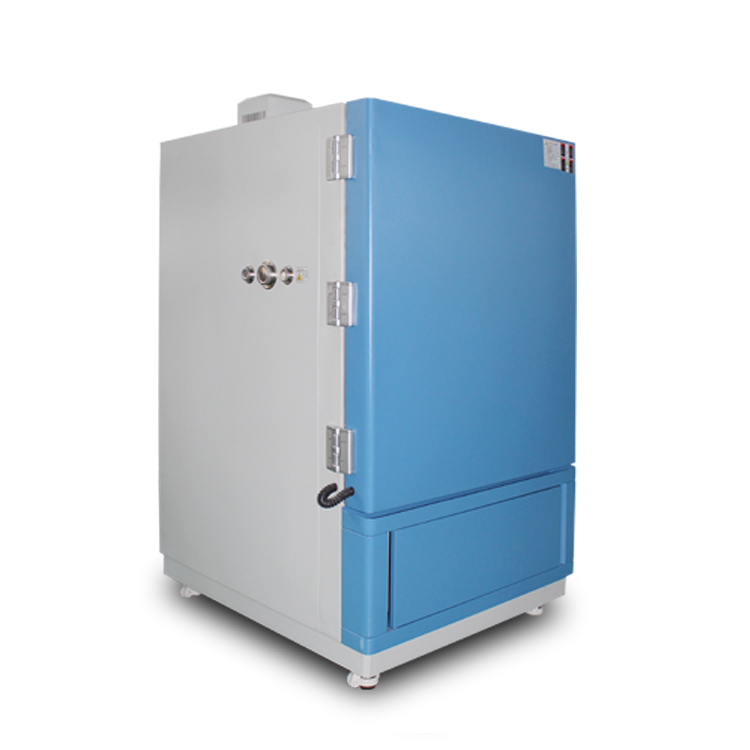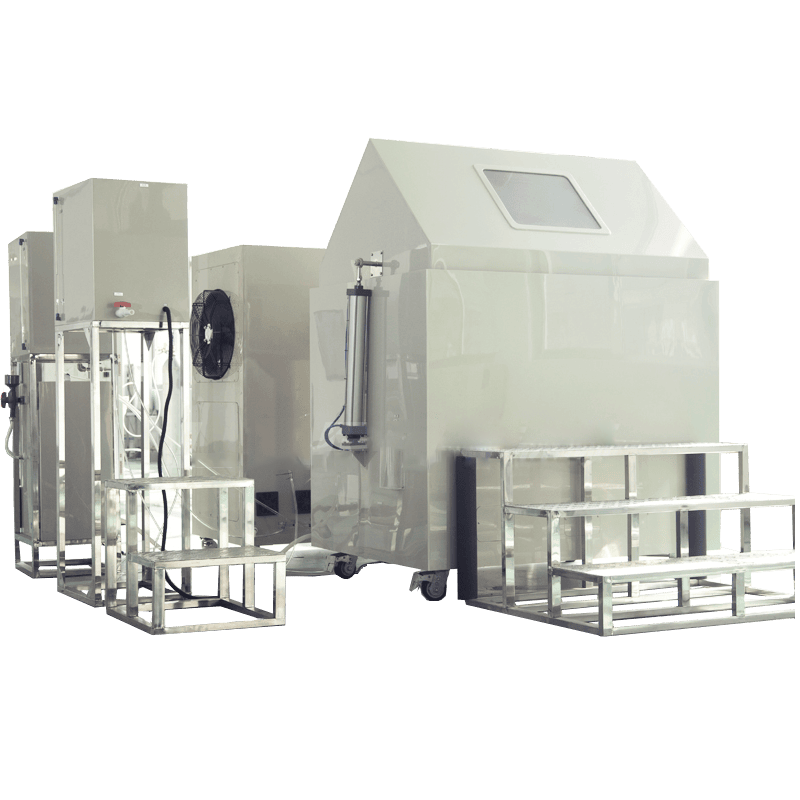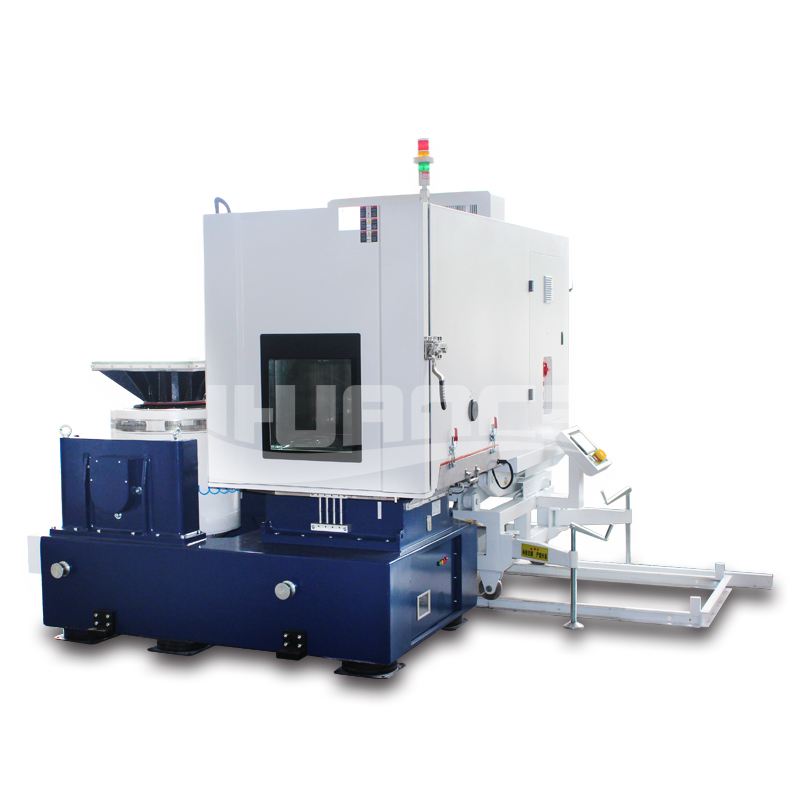ASTM B117 Standard Practice for Operating Salt Spray (Fog) Apparatus
Author:LINPIN Update Time:2025-09-09 Source:LINPINThe ASTM B117 corrosion test standard is a widely recognized method for evaluating the resistance of materials and coatings to corrosion in a controlled saline environment. Developed by ASTM International, this test simulates harsh conditions to assess the durability of metallic and coated components. The standard outlines specific procedures for preparing specimens, operating the salt spray apparatus, and interpreting results.
Scope and Application
ASTM B117 applies to metals, organic coatings, and other materials exposed to salt-laden atmospheres. Industries such as automotive, aerospace, and marine rely on this test to validate product longevity. The standard does not prescribe pass/fail criteria but provides a consistent framework for comparative analysis.
Test Apparatus and Conditions
The test requires a closed chamber capable of maintaining a continuous salt fog. Key parameters include:
- Temperature: Maintained at 35°C ± 2°C (95°F ± 3°F).
- Salt Solution: Prepared with 5% ± 1% sodium chloride (NaCl) by mass, with a pH of 6.5–7.2.
- Fog Collection Rate: 1.0–2.0 mL per hour per 80 cm² of horizontal collection area.
The apparatus must ensure uniform fog distribution without direct spray impingement on test specimens.
Specimen Preparation
Test panels must be clean, free of contaminants, and representative of the final product. Coated samples should be cured before testing. Edges and cut sections may require masking or sealing to prevent exaggerated corrosion.
Test Duration and Evaluation
Exposure periods vary based on material type and industry requirements, typically ranging from 24 to 1,000 hours. Post-test evaluation includes visual inspection for corrosion, blistering, or coating delamination. Quantitative measurements may involve weight loss analysis or adhesion testing.
Limitations and Complementary Tests
While ASTM B117 accelerates corrosion, it does not perfectly replicate real-world conditions. Additional tests, such as cyclic corrosion testing (e.g., ASTM G85), may be necessary for comprehensive performance assessment.
Compliance and Reporting
Test reports must document:
- Specimen details (material, coating, thickness).
- Test conditions (temperature, solution composition).
- Exposure duration and observations.
ASTM B117 remains a benchmark for corrosion resistance, ensuring material reliability across critical applications. Its standardized methodology facilitates global comparability, supporting quality assurance in manufacturing and R&D.





